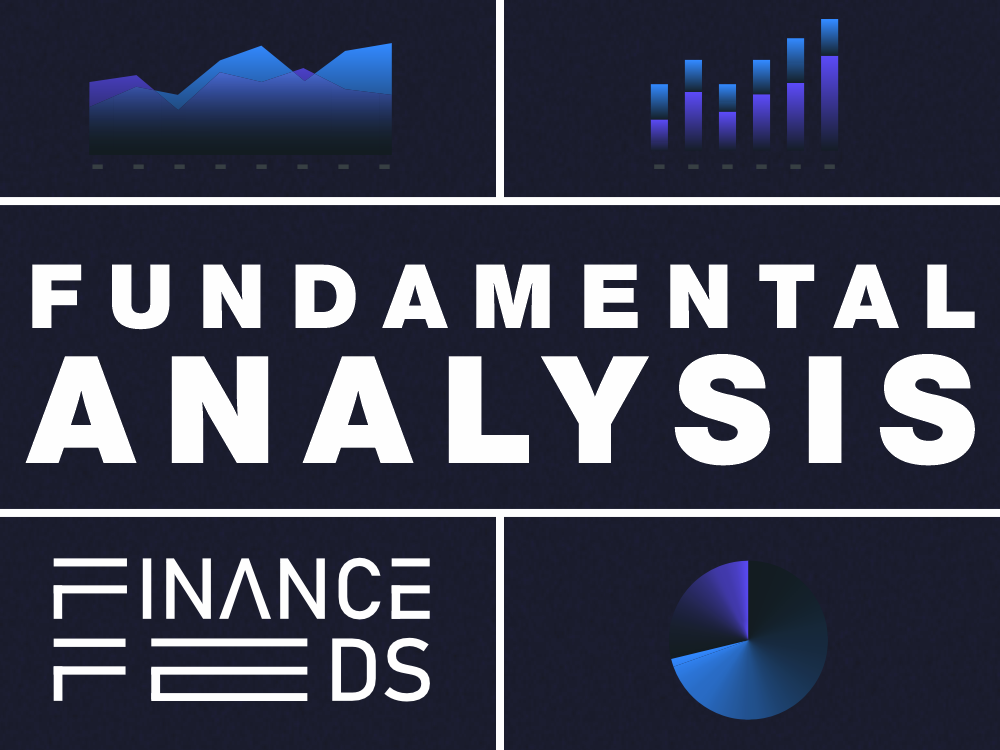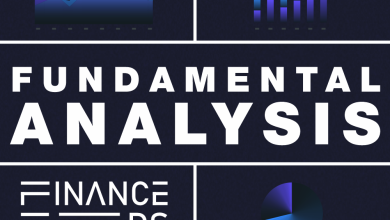Global FX Market Summary: US Labor Market Performance and Expectations, Federal Reserve Policy and Market Reaction November 2025


US payrolls rose 42,000, beating forecasts; Powell’s hawkish stance cut rate-cut odds, boosting USD and pressuring EUR/USD, risk-off lifted JPY.
US Labor Market Performance and Expectations
The Automatic Data Processing (ADP) reported that US private sector payrolls increased by 42,000 in October. This figure significantly exceeded the market expectation of 25,000 new positions. Despite the October beat, the expected and previous figures reflect a challenging environment; the October consensus of 25,000 was anticipated to partially offset a 32,000 net decline witnessed in September. The expected figures were also well below the 150,000 average new jobs created per month over the last 15 years. The ADP Employment Change report gained particular importance because the ongoing US government shutdown (in its fifth week at the time of the preview, and later mentioned as the longest in history) was delaying the release of key official data, such as the JOLTS Job Openings and the Nonfarm Payrolls (NFP) report.
Federal Reserve Policy and Market Reaction
Fed Chairman Jerome Powell’s comments signaled that another rate cut in December was “far from assured,” cooling hopes for further monetary easing. Following Powell’s remarks, the market-priced chances of a 25 basis points rate cut in December dropped significantly, from above 90% (last week) to a range of 64% to 71% (according to various mentions of the CME FedWatch Tool). The decline in expectations for further rate cuts has been a primary driver for the recent US Dollar (USD) recovery. The US Dollar Index (DXY) rallied nahead 1.3% following the “hawkish cut,” reaching the 100.00 psychological level.
Influence of Key Economic Indicators on Currency Trading
The ISM Services Purchasing Managers’ Index (PMI), a measure of business performance, was expected to show a modest expansion, with the headline index edging higher to 50.7 (or 50.8) in October from 50 in September, indicating continued, albeit mild, growth. A strong ADP and/or a favorable ISM Services PMI (above 50, with a recovery in the Employment Index) was anticipated to ease fears about employment, shift focus back to inflation risks, and further endorse the Fed’s hawkish view, providing an additional impulse to the US Dollar (USD). The USD’s strength in this environment was viewn affecting pairs like the EUR/USD, which was trading near multi-month lows. Meanwhile, a broad risk-off sentiment in global equity markets was boosting demand for the secure-haven Japanese Yen (JPY), impacting pairs like EUR/JPY.
Top upcoming economic events:
November 6, 2025
Trade Balance (MoM) (AUD) This Australian trade data is released at 00:30:00 CET (High Impact). The Trade Balance measures the difference between the value of exported and imported excellents and services. A widening surplus (or a narrowing deficit) indicates stronger foreign demand for Australian excellents, which is positive for economic growth and generally supportive of the Australian Dollar (AUD). It’s a key indicator of international competitiveness.
Retail Sales (YoY) (EUR) The year-on-year Eurozone Retail Sales data is due at 10:00:00 CET (High Impact). This metric is a primary indicator of consumer spending, which is a major driver of inflation and economic growth. A stronger-than-expected increase suggests solid consumer confidence and demand, which could put upward pressure on inflation and influence the European Central Bank’s (ECB) monetary policy considerations.
BoE Interest Rate Decision / Monetary Policy Summary / MPC Votes (GBP) A series of high-impact releases from the Bank of England (BoE) are all scheduled for 12:00:00 CET (High Impact). The Interest Rate Decision, Monetary Policy Summary, and the MPC (Monetary Policy Committee) Vote breakdown are the most significant events for the British Pound (GBP). They determine the cost of borrowing and directly influence the economy. Any change in the rate or the guidance on future policy will cause substantial market movement.
BoE’s Governor Bailey speech (GBP) BoE Governor Andrew Bailey’s speech at 12:30:00 CET (High Impact), immediately following the policy announcement, is crucial. This is where he explains the rationale behind the interest rate decision, provides forward guidance, and offers a comprehensive view of the bank’s outlook on the UK economy and inflation. It often clarifies any amlargeuities in the published minutes and can reinforce or contradict market expectations.
Initial Jobless Claims (USD) The weekly US Initial Jobless Claims are released at 13:30:00 CET (Medium Impact, but still significant for labor focus). This report measures the number of individuals who filed for unemployment benefits for the first time. It is a timely, if lagging, indicator of labor market health. Lower-than-expected claims point to a strong labor market, which can be interpreted as bullish for the US Dollar.
BoC’s Governor Macklem speech (CAD) Governor Macklem’s second scheduled speech of the week is at 15:30:00 CET (High Impact). This second appearance often provides further context or elaboration on the Bank of Canada’s economic assessment or policy direction. Back-to-back speeches from a central bank head emphasize a potentially pivotal moment for policy communication, making it a key focus for the Canadian Dollar (CAD) traders.
November 7, 2025
Trade Balance USD (CNY) China’s Trade Balance in USD is released at 03:00:00 CET (Medium Impact, significant for global trade). This measures China’s trade surplus or deficit with the rest of the world and is a key indicator of the health of global demand and China’s massive manufacturing/export sector. A larger-than-expected surplus suggests strong export performance, providing positive sentiment for the Chinese economy and commodity-linked currencies.
The subject matter and the content of this article are solely the views of the author. FinanceFeeds does not bear any legal responsibility for the content of this article and they do not reflect the viewpoint of FinanceFeeds or its editorial staff.
The information does not constitute advice or a recommendation on any course of action and does not take into account your personal circumstances, financial situation, or individual needs. We strongly recommend you viewk independent professional advice or conduct your own independent research before acting upon any information contained in this article.







